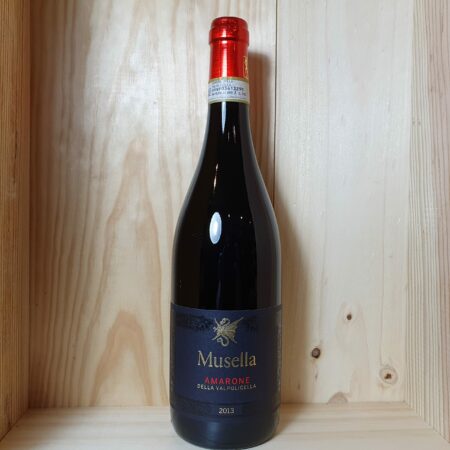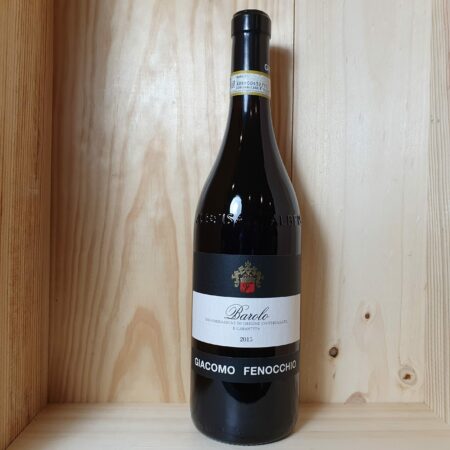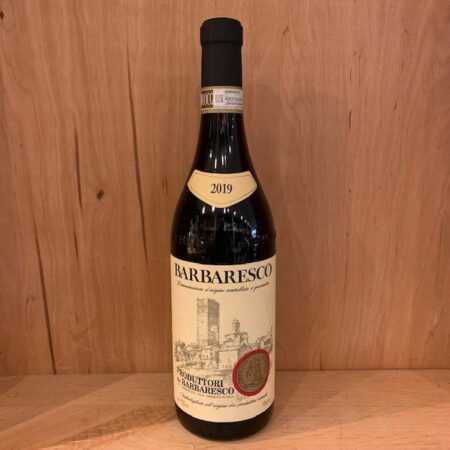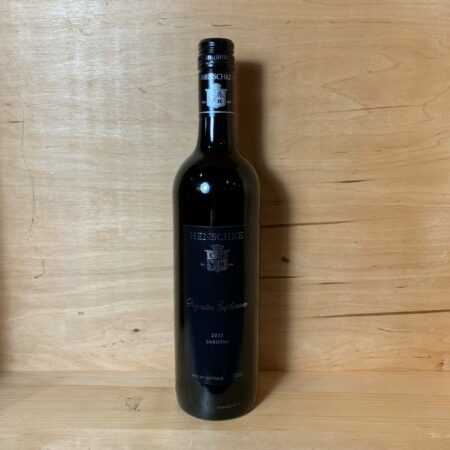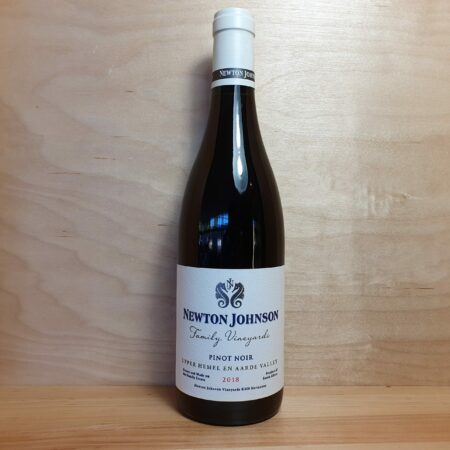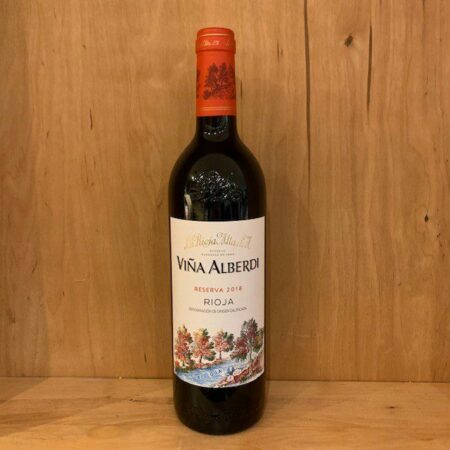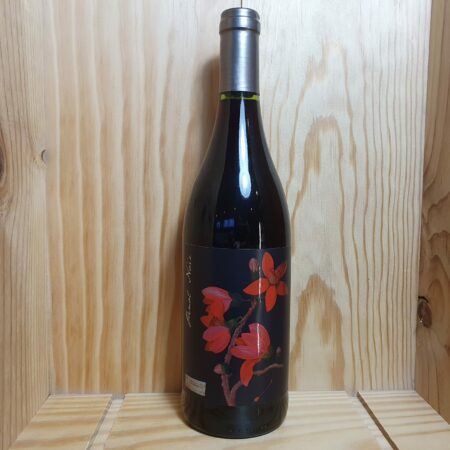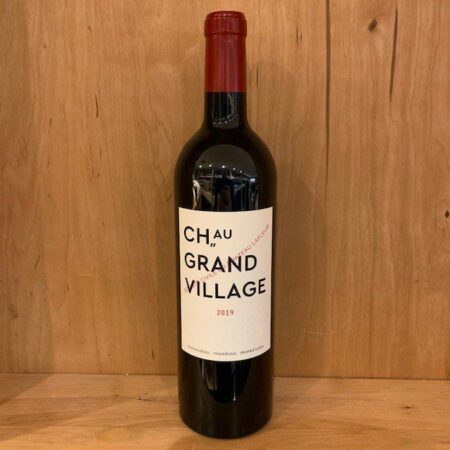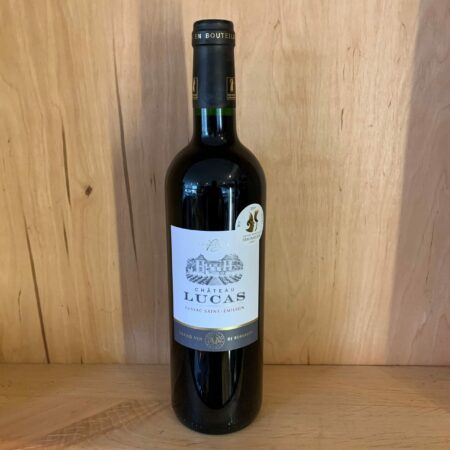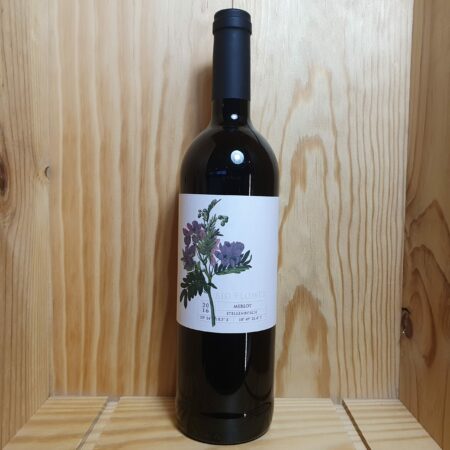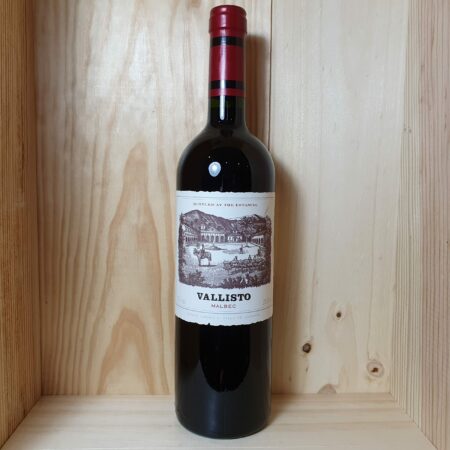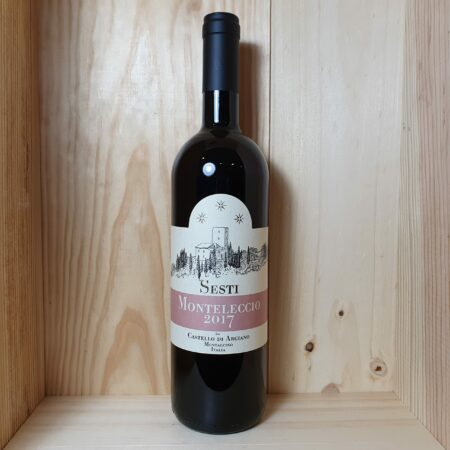Amarone, Musella
Musella make very special wines! What makes them unique is that they look for harmony and balance in the wine, not just power and intensity. Don't get me wrong, this is still a full-bodied wine, made with dried grapes in the usual way, but it isn't too intense or too alcoholic like a lot of modern Amarone. This is deliciously drinkable; more than one glass won't knock you out! Maddalena Pasqua is passionate about her vineyards and the land on which she lives; she makes wines that shine with this love. All the vineyards and farmed Biodynamically and the wines made by hand.
A great wine to finish the meal and can accompany a range of cheeses including complex Cheddars such as Montgomery or Pitchfork, or soft blues like Beauvale.
Henschke ‘Keyneton Euphonium’
Available to pre-order for delivery/collection from Thursday Oct 7th66% Syrah/Shiraz , 19% Cabernet Sauvignon, 10% Merlot, 5% Cabernet FrancThe Henschke family have been making wine at their estate in the Eden Valley since 1868. Fifth-generation winemaker Stephen Henschke took over running the winery in 1979. Through a combination of great viticulture from Prue, named ‘Outstanding Viticulturalist 2020’, who is at the forefront of re-introducing native plants into their vineyards to improve biodiversity, and winemaking from Stephen, they have built upon their inheritance and turned this traditional producer into one that is celebrated all around the world.Keyneton Euphonium is a beautiful composition of Shiraz from up to 50-year-old vines growing in the Eden and Barossa Valleys, blended with Cabernet Sauvignon, Merlot and Cabernet Franc from selected vineyards in both regions, some of which were planted by Cyril Henschke at his Eden Valley property in the 1960's. The Barossa hills village of Keyneton, pioneered by pastoralist Joseph Keynes in 1842, was a musical and cultural focus for the early settlers, and was home to the Henschke Family Brass Band, founded in 1888. It featured wind instruments such as a B flat euphonium, a large brass wind instrument, which has been lovingly restored and remains in the Henschke family.While the Hill of Grace and Mount Edlestone Shiraz fetch high prices, i think this wine is the jewel in the Henschke crown; The depth of fruit and complexity is incredible and it is affordable!A wine for big steaks, roast beef and classy barbecues!
Family Vineyards Pinot Noir, Newton Johnson
This family farm was founded in the mid-1990s by Cape Wine Master, Dave Johnson and his wife, Felicity (Née Newton) and within the past twenty years has built a reputation for producing some of the Cape’s best Pinot Noir. Dave’s CWM thesis was on the variety. Add to that one of South Africa’s smartest Chardonnay’s and, more recently a pair of outstanding Rhône style wines. Right from the outset, Dave and Felicity’s offspring were involved and today it is very much Gordon, partnered by his wife, Nadia, who are responsible for the winemaking, with brother Bevan looking after the commercial side.This is always my favourite South African Pinot Noir, it just has beautiful purity of fruit and perfect balance; some richness but with bright and juicy acidity. It never fails to deliver. This will age and improve for up to 10 years but is delicious now.
One of the New World's best and for a wine of this quality, the price is incredible (compare to Burgundy or California!)
Great with roast lamb or pork, grilled chops, fillet steak, venison...any special meal!
Vina Alberdi Reserva, La Rioja Alta
La rioja Alta is one of Spain's most iconic producers, producing some of the country's best wines since 1890.The Vina Alberdi Reserva is perhaps their most accessible and immediately impressive wine and delivers that quitessential Rioja flavour profile in spades.Perfect with roast meats and strong hard cheeses, this is drinking well now but will continue to improve for at least a decade.
Botanica Pinot Noir, Botanica Wines
Botanica Wines was founded in 2009 by owner and self-taught winemaker Ginny Povall, an intrepid American who fell in love with the beautiful Cape winelands She purchased Protea Heights Farm in Stellenbosch’s Devon Valley and relocated to the southern tip of Africa. Established in the late 1940s, Protea Heights was the first farm in South Africa to cultivate indigenous protea flowers commercially. Inspired by this horticultural history, it was only natural that Ginny would choose to develop her wine brands and labels with a botanical flair. It was a real joy when Ginny visited us last year, to share her wines with us and our customers at the shop; her warmth and humour really come through in her winemaking, giving them real personality. This small production Pinot Noir is considered one of South Africa’s best; lovely perfume and that perfect balance between fruitiness and elegance.
Chateau Grand Village
This Chateau, situated in the Fronsac region of Bordeaux offers exceptional value for money.
It is owned by the Guinadeau family, who also happen to own Chateau Lafleur just down the road in Pomerol - one of THE great Right-Bank Bordeaux estate!
While Fronsac doesn't have quite the same cachet as Pomerol, and hence, can't command the same prices, the attention to detail and love that goes into this wine, is just the same as at Lafleur.
The soils are different here, more clay and limestone than gravel and the proportion of Cabernet Franc differs but it still gives you a snapshot of great Right-Bank Claret at an every-day price.
A perfect, posh dinner party wine; one that is bound to impress your friends and is a great accompaniment to classic roast meat dishes.
Chateau Lucas
Lussac is an up and coming satellite appellation of the renowned Saint Emilion region on the the Right Bank of Bordeaux. There is no doubt that one of Lussac's most prized properties is Château Lucas, owned by the Vauthier family of Château Ausone fame. From just 18 hectares of vines, three cuvée are produced. The top wine, aptly called Château Lucas, is produced from a 12-hectare vineyard, comprising equal parts Merlot and Cabernet Franc. While so much of the Right Bank focuses on Merlot, the high percentage of Cabernet Franc brings a polished lift to the cuvée, vintage in and vintage out.
A classic partner for roast lamb.
Big Flower Merlot, Botanica Wines
Really good Merlot from Ginny Povall at Botanica Wines, one of South Africa’s most respected boutique wineries. Plummy and smooth (as you would expect) but with an extra juicy dimension (called ‘deliciousness’?) that makes it stand out and makes you want to drink more of it!
A really good all-rounder, and like all Ginny’s wines, it has a lovely pretty label, so great for gifts.
Vallisto Malbec
Vallisto is one of the most exciting projects to come out of Argentina in recent years. Pancho Lavaque is on a mission to show the world what makes the remote and beautiful Cafayate Valley in Salta in the far north of Argentina, so special. Discovering long-forgotten vineyards with very old vines and often rare grape varieties.
This single vineyard Malbec from represents pretty much everything you need to know about what makes Cafayate so good and so special. For those who like their Malbec painted with a decadent splash of inky purple fruit this delivers in spades.
A special wine for the best, and biggest, steak you can find. Grilled over coals would be perfect!
Monteleccio, Sesti
The Sesti family are one of the best producers of Brunello di Montalcino. Based at the beautiful Castello di Argiano, they have the most beautiful property imaginable and they make wines in a thoughtful and balanced style; traditional in the best sense of the word. The grapes for this wine are selected because they are felt to be best for drinking young; so they could become Brunello but they are aged for less time. More character than many actual Brunello and for half the price, this is one of Montalcino’s best buys. Great with hard cheeses (Cornish Kern or Old Winchester?), as well as roast lamb with lots of garlic and rosemary, pasta with meat sauces and stews.
